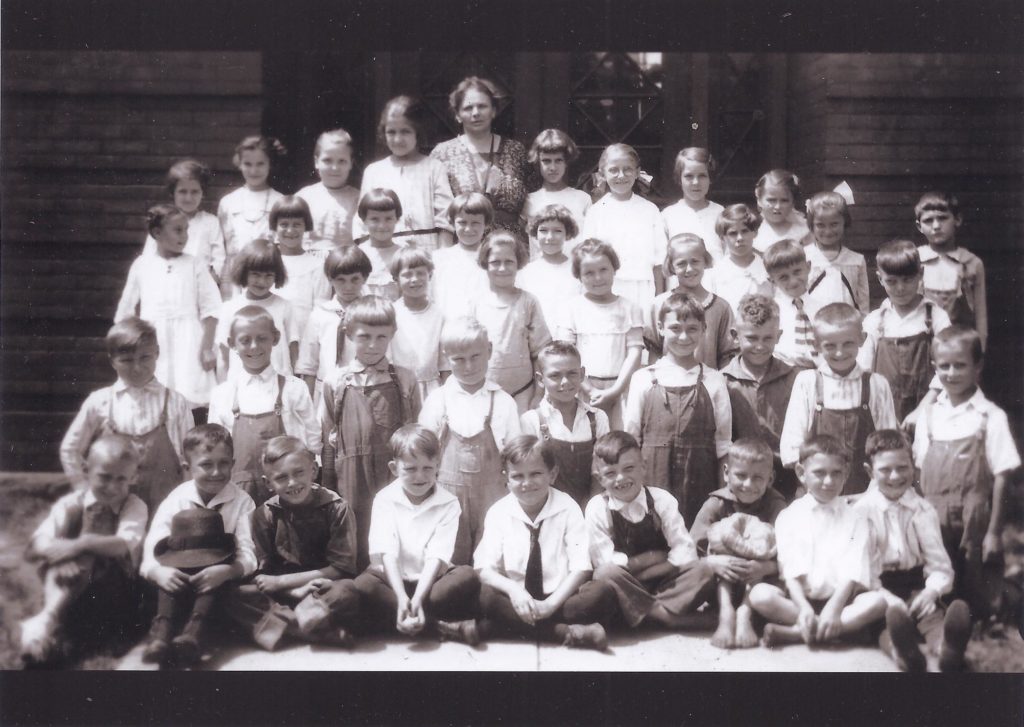
This photo, marked “Bohemian School – Class 1923” belonged to Susan Rock’s mother, Frances Haluza Rock, and shows the class in front of the Czech School building in Cedar Rapids, Iowa, with their teacher, Marie Zivney. (photo courtesy/Susan Rock)
By Cindy Hadish
Czech School’s history in Cedar Rapids, Iowa, can be traced to a written program observing Jan Hus Day on July 6, 1870, which referenced Czech School teacher John B. Šuster, a date often cited as the start of the school.
California’s Gold Rush of 1848, the failure of potato crops in their homeland, political changes in the Austrian Empire and the lure of cheap land in the United States are among factors historians cite that drew Bohemian immigrants to the United States in the middle of the nineteenth century.
After arriving in what would become Cedar Rapids in the 1850s, Czech immigrants started the Čtenářský Spolek, or Reading Society, which originally sponsored Czech language classes, held at the group’s hall at Commercial Street and Green Avenue – what is now First Street and Fifth Avenue SE – or in Thalee Hall, where Sokol gymnastics classes were held.
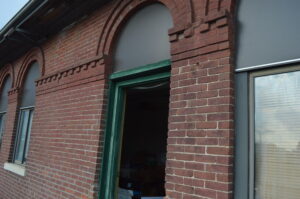
The Czech School building, constructed in 1900, still stands on Second Street SE. (photo/Cindy Hadish)
When Czech School – also referred to as “Bohemian School” – first began, its main purpose was to keep the Czech language and culture alive, and rather than substitute for public school, was designed as an added educational experience for children.
Learning the Czech alphabet, words and greetings, reading and writing in Czech, reciting poetry, staging plays, and singing traditional Czech songs have been among the educational experiences of the students, along with gaining an appreciation for Czech culture, traditions and history.
Czech School also has been intertwined with the neighborhoods, work and social activities of those immigrant families.
For 150 years, those connections have helped Czech School to survive, enduring floods that affected Czech neighborhoods and enrollments that rose and fell – peaking at 200-some students in the early 1900s and declining to 20 or so at other times.
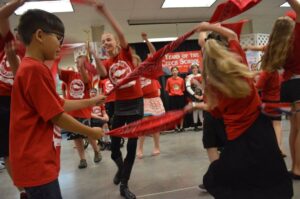
Czech School students in Cedar Rapids, Iowa, learn traditional songs and dances. (photo/Cindy Hadish)
Now, 150 years later, students ages 6 to 14 still attend Czech School during summer sessions, while adults also have an opportunity to learn the language at weekly classes that coincide with the classes for younger students.
A book documenting that history, “Cultural Connections: 150 years of Czech School in Cedar Rapids, Iowa” has recently been published and will be available locally at Czech School events, including the Czech School Chili Supper on March 9, 2019.
Related: Ending nears for Czech odyssey
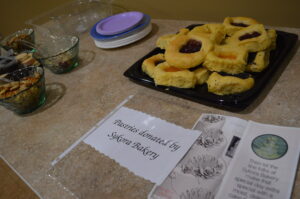
A Czech gathering wouldn’t be the same without kolaches; these were from Sykora Bakery in Cedar Rapids, Iowa.
Using more than 50 interviews with past students, teachers, Czech School Board members and other supporters, the book highlights some of the many people who contributed to Czech School’s legacy and features over 100 historical and modern photos of Czech School, with design by David Miessler-Kubanik of DMK Creative.
The National Czech & Slovak Museum & Library in Cedar Rapids hosted a gathering Sunday, Nov. 25, for former students and others to share their memories and reminisce. More than 30 people attended the event as a kickoff to the coming milestone year.
Czech School will celebrate its past 150 years throughout 2019.
Follow Czech School and Czech Iowa on Facebook to learn more about Czech School and upcoming events and see more about Czech activities in Iowa.

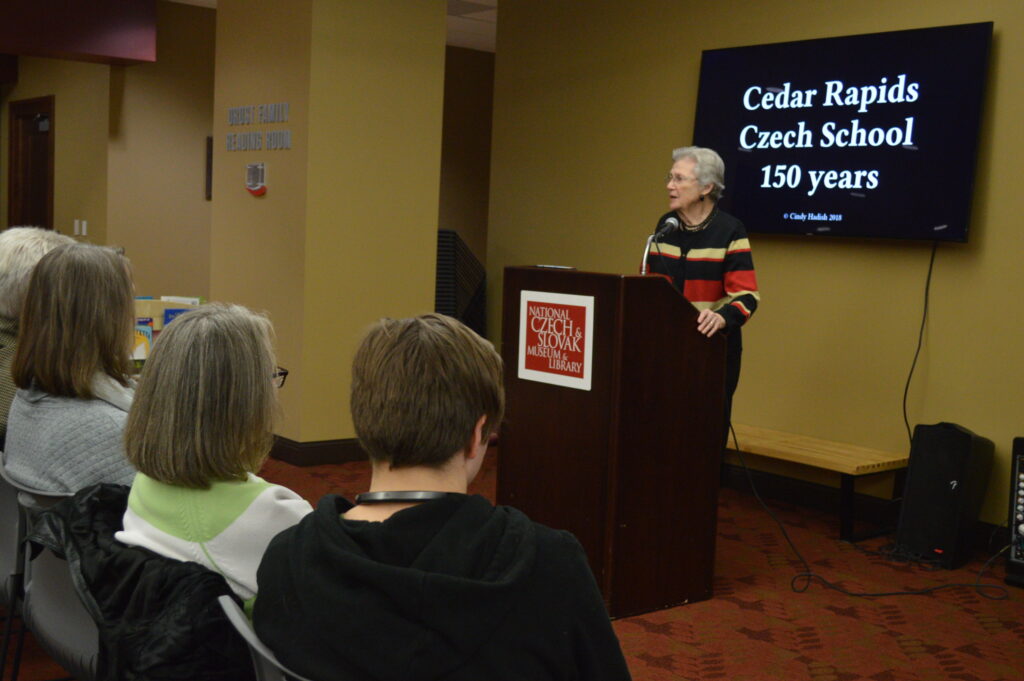

What is the address of the Czech school building on 2nd St SE?
It’s actually 120 10th Ave. SE, according to the city’s records.
what happened to the Czech school that had its 150th anniversary. does it new blood, new board, a fire cracker under some chairs to get enthusiasm going again. why just children, why not adults.
Czech teachers, have we really searched.
a great example of a Czech school in the twin cities. https://www.facebook.com/CzechandSlovakSchoolTwinCities?mibextid=ZbWKwL
money you asked, that philosophy needs to change. being an nonprofit organization would help with money. when you have the money, imagine what can you do.
we can’t let this language die in iowa. I am a former student.
[…] See more about the history of Czech School. […]